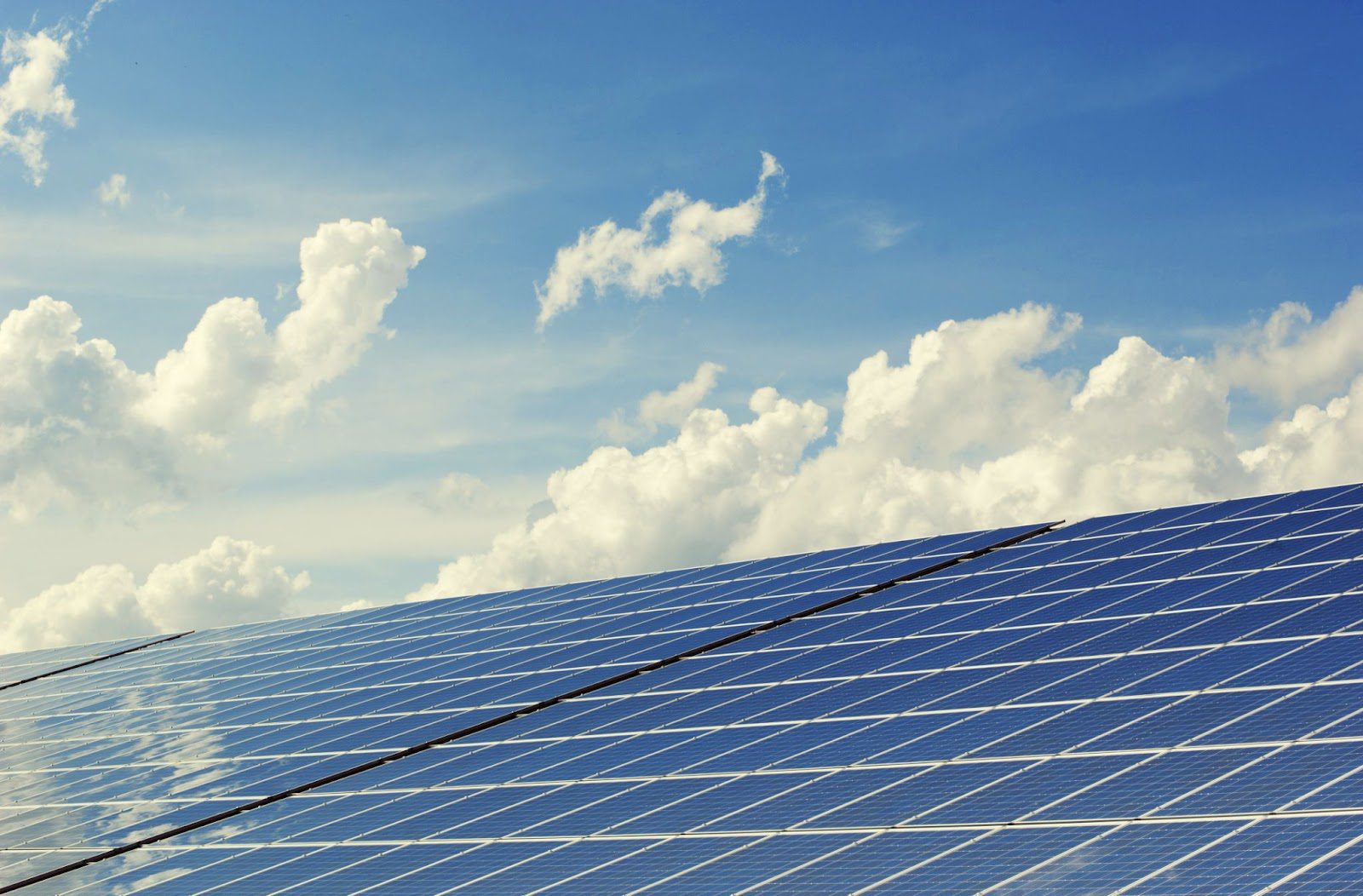Countries in the Caribbean have long been vulnerable to destructive hurricanes, but the situation has only worsened due to the effects of climate change. A recent rise in extreme weather events has contributed to longer-than-normal power blackouts — something Puerto Rico experienced in September 2017 after being hit back-to-back by Hurricanes Irma and Maria.
According to Energy.gov, those disasters caused “one of the longest blackouts in U.S. history” and left some residents without electricity for nearly a year. In response, the Puerto Rico legislature passed the Puerto Rico Energy Public Policy Act in 2019, which set a goal of meeting 100% of the commonwealth’s electricity needs with renewable power by 2050.
That initiative is being put to good use in the town of Adjuntas, Puerto Rico, located in one of the regions that got battered during Hurricane Maria. Some town residents were left without power for 11 months before service was finally restored.
This year, Adjuntasa took steps toward more energy security when it announced the installation of a new cooperatively-owned solar microgrid in the town center.
According to Time, “14 local businesses will be able to produce their own electricity and run for about 10 days using batteries connected to solar power installed on their roofs, even if connections to the main grid fail again.”

Photo Courtesy Pixabay
If the microgrid works as intended, it should have a major positive impact on businesses and residents in Adjuntas. As Time noted, companies connected to the microgrid will no longer rely on “expensive, polluting diesel generators” to remain open during storm-related power outages. In addition, area residents will have access to essential services when the main grid goes down.
“These rural communities are where a lot of the exciting renewable energy projects are happening because of their isolation and being neglected by the central government and hurricane response,” Andrew Hermann, executive director of the nonprofit Monte Azul Foundation, told Time. “This is why a lot of communities are coming together and deciding we need to do something different here.”

Photo Courtesy Monte Azul Foundation
The microgrid is part of an ambitious plan to reduce Puerto Rico’s dependency on traditional power sources so it can better handle blackouts that occur when major storms hit. According to Energy.gov, near-term goals are to meet the country’s electricity needs with 40% renewable power by 2025 and 60% by 2040. Plans also call to phase out coal-fired generation by 2028 and realize a 30% improvement in energy efficiency by 2040.
A significant part of the effort is the Puerto Rico Grid Resilience and Transitions to 100% Renewable Energy Study, or PR100.
The two-year study conducted by the U.S. Department of Energy’s Grid Deployment Office and six national laboratories to “comprehensively analyze stakeholder-driven pathways to Puerto Rico’s clean energy future,” Energy.gov stated.
The study launched on Feb. 2, 2022, “with an emphasis on modeling and analyzing scenarios that meet Puerto Rico’s renewable energy targets and achieve short-term recovery goals and long-term energy resilience.”

Photo Courtesy Monte Azul Foundation
PR100 is mainly funded through an interagency agreement with the Federal Emergency Management Agency. It is part of a larger support effort designed to help Puerto Rico with its energy planning and resilience.
“For far too long, Puerto Ricans have lived with an outdated and expensive electric system where needless obstacles and long delays have prevented critical improvements,” U.S. Secretary of Energy Jennifer Granholm said in a statement.
To correct the problem, officials are aiming for a “distributed energy” model where power is generated near where it’s used. A common example is rooftop solar panels. This model is considered more efficient than traditional centralized power systems spread over a large land area.
“We were able to prove that these systems are resilient to hurricane winds, and they can provide pretty fast power, within hours after a storm,” Agustín Carbó, director of the Department of Energy’s Puerto Rico Grid Modernization and Recovery Team, told NPR.





